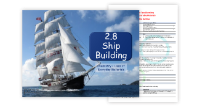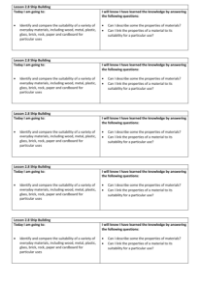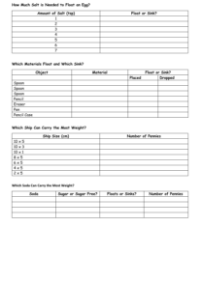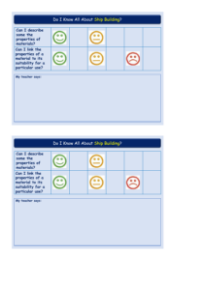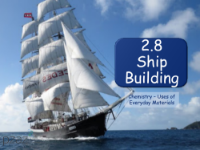Ship Building - Lesson Plan
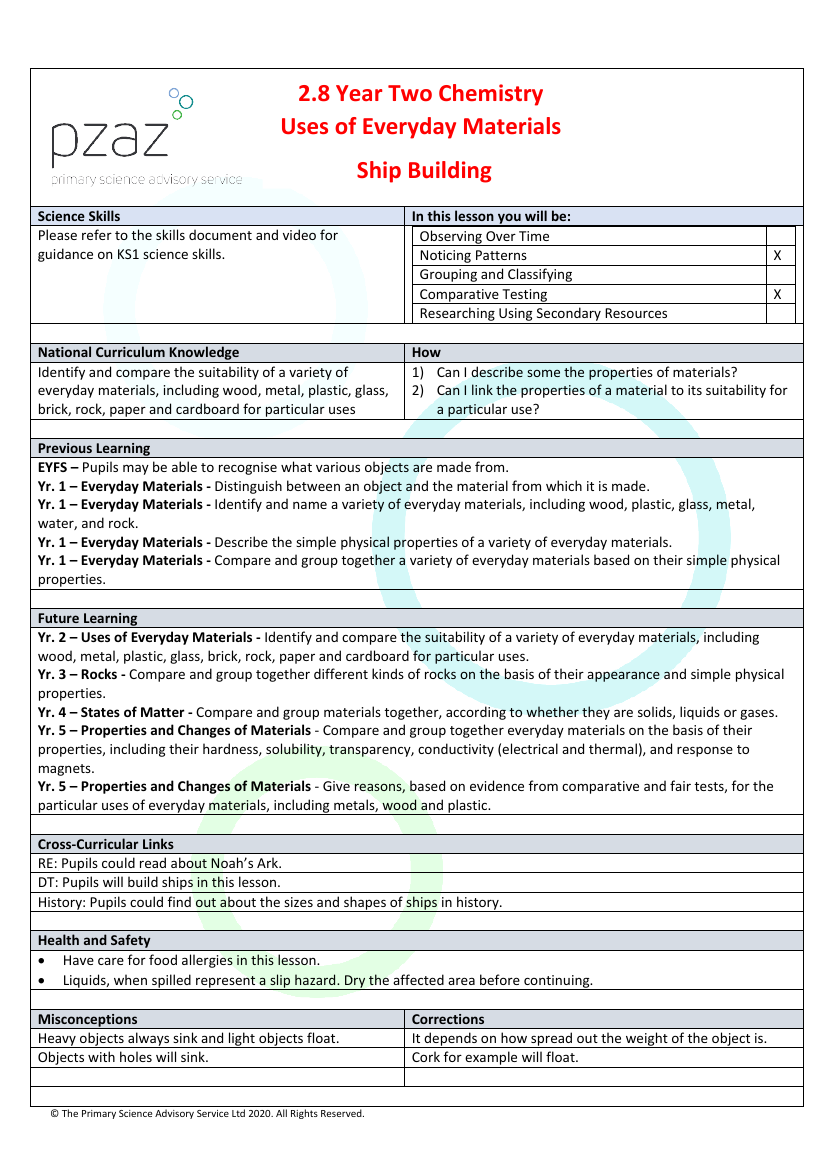
Science Resource Description
The Primary Science Advisory Service Ltd has crafted an engaging lesson plan centred around the science of shipbuilding, tailored for Key Stage 1 pupils. The lesson imparts essential scientific skills such as observing over time, noticing patterns, and comparative testing. It is aligned with the National Curriculum, aiming to deepen students' understanding of material properties and their applications. Pupils will explore how different materials like wood, metal, plastic, and more are suited for specific uses, and they'll be encouraged to link material properties to their suitability for tasks, such as shipbuilding. This lesson builds on previous learning where students have already begun to distinguish between objects and the materials they are made from, and it sets the stage for future lessons on material uses and properties.
During the lesson, students will engage in hands-on activities that include experimenting with eggs and salt to understand buoyancy and density, and investigating which materials float or sink. They will also design miniature boats from foil to discover how shape and size affect buoyancy. Another exciting activity involves soda cans, where students will observe the difference in buoyancy between sugary and sugar-free drinks. This practical exploration is supported by discussions on influential scientists like Archimedes and addresses common misconceptions, such as the idea that heavy objects always sink. Cross-curricular links are made to subjects like DT, where pupils will build ships, and history, where they can learn about historical ship sizes and shapes. The lesson ensures that health and safety considerations are taken into account and concludes with a plenary session where students reflect on their learning and assess their progress.

